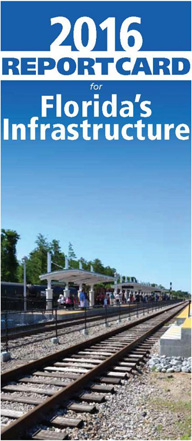We can no longer afford to defer investment in our nation’s infrastructure. To close the $4.2 trillion investment gap, meet future need, and restore our...
Investment
We can no longer afford to defer investment in our nation’s critical infrastructure systems.
Leadership & Planning
Smart investment will only be possible with leadership, planning, and a clear vision for our nation’s infrastructure.
Preparing for the Future
We have to utilize new approaches, materials, and technologies to ensure our infrastructure is more resilient.
Latest News

New Report Affirms Higher Gas Tax is Needed to Restore Our Interstates
December 07, 2018
On Thursday, December 6, the National Academies of Sciences, Engineering, and Medicine, Committee for a Study of the Future Interstate Highway System, and the Transportation...

Infrastructure Proves to be Priority on Election Night
November 07, 2018
Infrastructure investment was again a prevailing theme on ballots in many states this past election season. The midterm election poised an opportunity for states to...

Vote for Infrastructure on November 6th!
October 09, 2018
Infrastructure investment is a popular topic this election season, making its way onto the ballot in several states around the country including California, Connecticut, and...






















